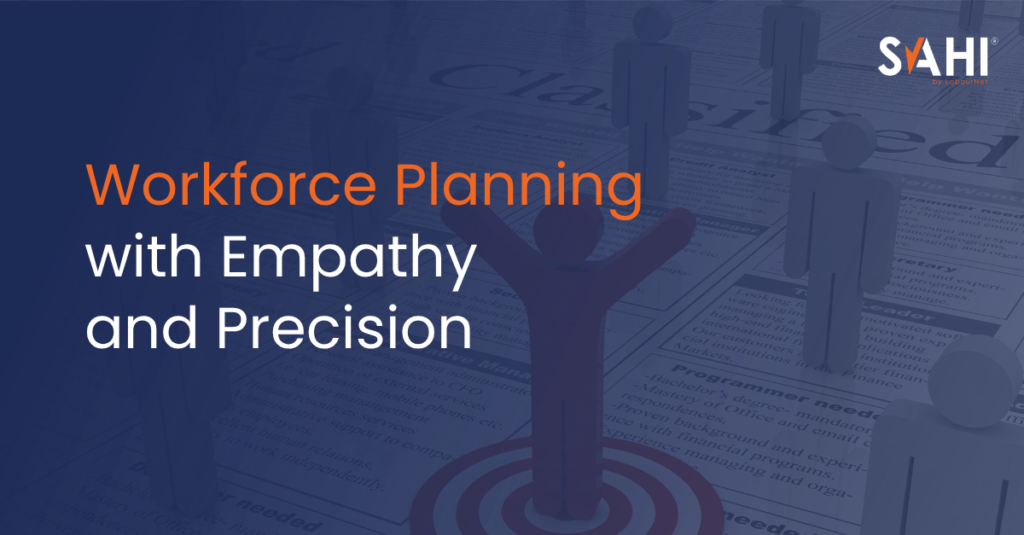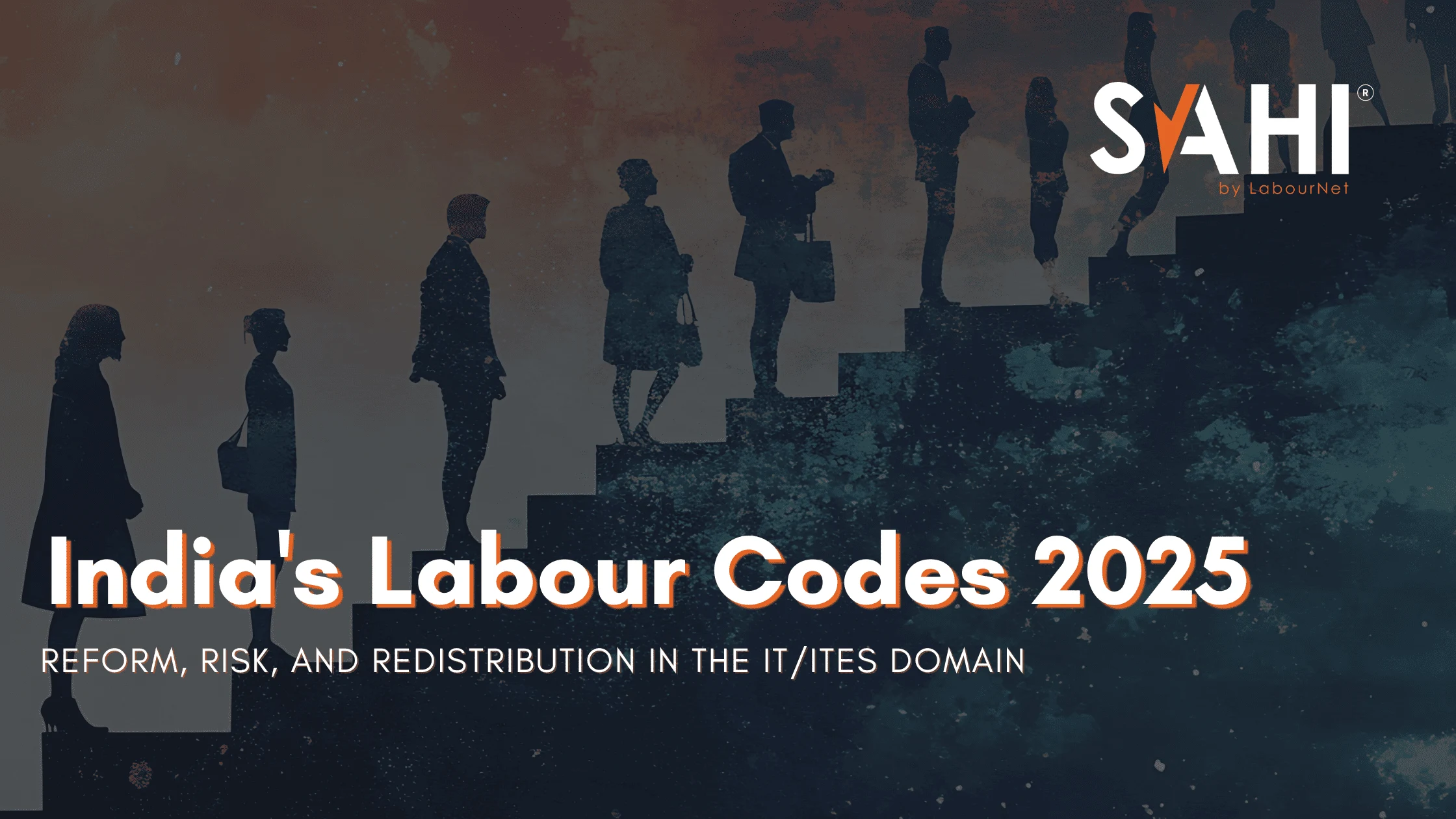Workforce Planning with Empathy and Precision
According to recent industry data, nearly 30% of new hires leave within the first 90 days—often citing misalignment with role expectations or lack of growth opportunities.
The reason?
Many cite misalignment with role expectations or a lack of growth opportunities.
In a labour market defined by volatility, high attrition, and shifting aspirations, it’s clear that job fit alone doesn’t guarantee retention. What employers really need to build is career stickiness — the ability to create a workplace where employees don’t just stay, but grow.
From Hiring to Workforce Shaping
The old model of hiring – screening for resumes that tick boxes – no longer cuts it.
Take a frontline retail associate, for example. Retaining such a hire might include being treated as more than just a short-term hire. They can be onboarded with a structured progression plan – from associate to store lead to area trainer which would require more than just training content. It demands a systems-level view of how careers evolve inside the company.
Instead of hiring in isolation, HR teams must align closely with L&D and business strategy teams to design structured workforce shaping programs. This means:
- Mapping clear skill pathways
- Offering contextualised upskilling opportunities
- Building feedback loops between performance data and career development
What Long-Term Worker Data Is Telling Us
At SAHI, we’ve been tracking generic insights of worker journeys across sectors like manufacturing, logistics, retail, and healthcare in India. The insights are telling:
- A significant portion of employee attrition occurs between the 4th and 8th month—often after the initial onboarding glow fades but before formal learning and development programs begin. (LinkedIn Learning Report)
- Employees who participated in structured mentorship programs were up to 35% more likely to stay with the company for longer than a year. (McKinsey & Co., via LinkedIn Pulse)
- Studies show that unclear roles, limited career growth, and lack of timely feedback are more often cited as reasons for disengagement than compensation. (Gallup State of the Global Workplace Report (2023))
This kind of longitudinal cohort data allows HR teams to move from guesswork to insight. If you know your highest dropout point is month 6, that’s when targeted interventions like re-orientation, skill transitions, or manager check-ins must occur.
The Rise of Silent Churn – Why People really Leave
We often hear the same response: “They left because they got paid more elsewhere.” But our data—and global research—suggests otherwise.
A Gallup study found that ~22% of people who left their jobs cited pay as the primary reason. Far more cited factors like lack of respect, poor leadership, or absence of growth. What’s emerging is a quieter, subtler trend: silent churn.
This includes:
- Absenteeism (India’s average is 8%, above the global 5% benchmark)
- Quiet quitting (especially among Gen Z, who value autonomy and purpose)
- Check-out behavior – employees who are physically present but mentally disengaged
In our experience, silent churn often precedes actual attrition. A pattern of Monday absences, disengaged training participation, or missed team activities is usually a red flag. But these behaviours are often dismissed as “attitude problems” rather than seen as signals that something deeper is amiss.
It’s Not a Blame Game – It’s a System Design Problem
HR must stop treating attrition as a personal failure. Either on the employee’s or the manager’s part and start treating it as a design issue.
When systems aren’t designed to support evolving employee needs, churn becomes inevitable. That means rethinking how we:
- Design onboarding as a runway, not a checklist
- Build skilling as part of the workflow, not as a one-off event
- Integrate data from attendance, performance, and feedback to flag churn risk early
This shift from “Did we hire right?” to “Did we design right?” is crucial.
The Way Forward: Career Stickiness by Design
So what can HR teams do today?
- Track retention cohorts, not just attrition rate
- Build career pathways, even for frontline and entry-level role
- Design skilling programs that adapt to business cycles and employee aspirations
- Use absenteeism as feedback, not fault
- Reward alignment, not just output
In a world where talent is fluid and loyalty is earned, it’s time for HR to stop asking, “Why did they leave?” and start asking, “Why would they stay?”



